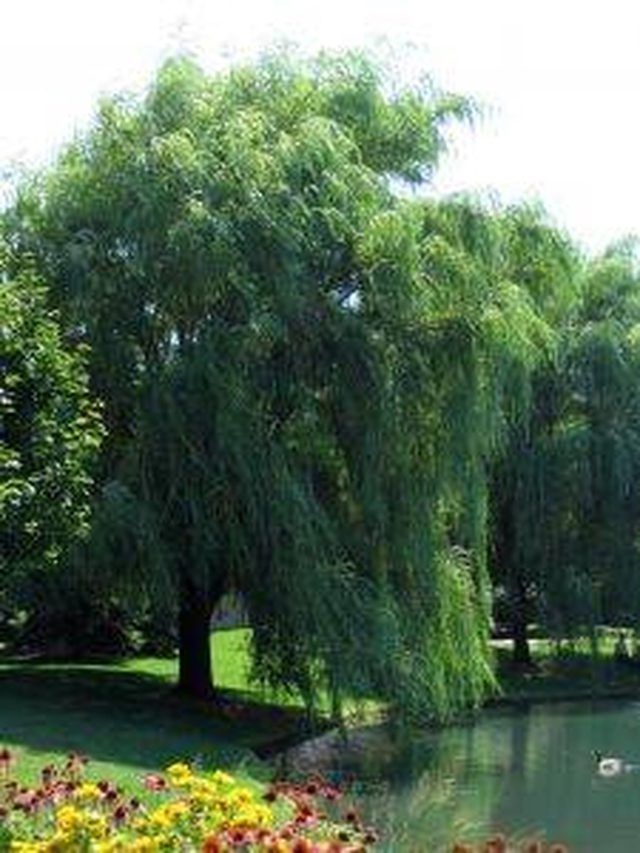Bulbs
Flower Basics
Flower Beds & Specialty Gardens
Flower Garden
Garden Furniture
Garden Gnomes
Garden Seeds
Garden Sheds
Garden Statues
Garden Tools & Supplies
Gardening Basics
Green & Organic
Groundcovers & Vines
Growing Annuals
Growing Basil
Growing Beans
Growing Berries
Growing Blueberries
Growing Cactus
Growing Corn
Growing Cotton
Growing Edibles
Growing Flowers
Growing Garlic
Growing Grapes
Growing Grass
Growing Herbs
Growing Jasmine
Growing Mint
Growing Mushrooms
Orchids
Growing Peanuts
Growing Perennials
Growing Plants
Growing Rosemary
Growing Roses
Growing Strawberries
Growing Sunflowers
Growing Thyme
Growing Tomatoes
Growing Tulips
Growing Vegetables
Herb Basics
Herb Garden
Indoor Growing
Landscaping Basics
Landscaping Patios
Landscaping Plants
Landscaping Shrubs
Landscaping Trees
Landscaping Walks & Pathways
Lawn Basics
Lawn Maintenance
Lawn Mowers
Lawn Ornaments
Lawn Planting
Lawn Tools
Outdoor Growing
Overall Landscape Planning
Pests, Weeds & Problems
Plant Basics
Rock Garden
Rose Garden
Shrubs
Soil
Specialty Gardens
Trees
Vegetable Garden
Yard Maintenance
How to Grow Weeping Willow Trees
How to Grow Weeping Willow Trees. Weeping willows, with their long drooping branches, create shade on hot summer days and provide shelter for birds and wildlife. Grown in wet areas, along stream banks or ponds, the weeping willow thrives in moist soil, but is tolerant of drier areas. This rapid grower can reach full height in a few years, often...

Weeping willows, with their long drooping branches, create shade on hot summer days and provide shelter for birds and wildlife. Grown in wet areas, along stream banks or ponds, the weeping willow thrives in moist soil, but is tolerant of drier areas. This rapid grower can reach full height in a few years, often growing several feet a year until it reaches a height of 35 feet or more. This beautiful tree makes a dramatic statement and adds style to any landscape.
Things You'll Need
Bark mulch
Plant weeping willows in full sun or partial shade at least 35 feet from your septic system or leach field. These trees develop an aggressive root system that gravitates to water. Tiny roots will infiltrate the smallest crack and quickly fill your septic system, clogging or splitting pipes.
Start new willow trees from cuttings of new growth. Select a 1- to 2-foot straight section of new growth. Although they can be rooted in a bucket or vase of water, they will take root if planted in moist soil.
Insert the shoot into the soil and firm the soil down with your hands. Keep the area evenly moist until you see signs of new growth.
Mulch around the base of the tree with 2 to 3 inches of bark to create a 3-foot circle to prevent weeds from growing and to conserve water. Stake the sapling, if necessary, to create a straight tree.
Water regularly for the first year to keep soil evenly moist. Water only during dry periods in successive years. Although willows prefer moist soil, they adapt easily to drier soil.